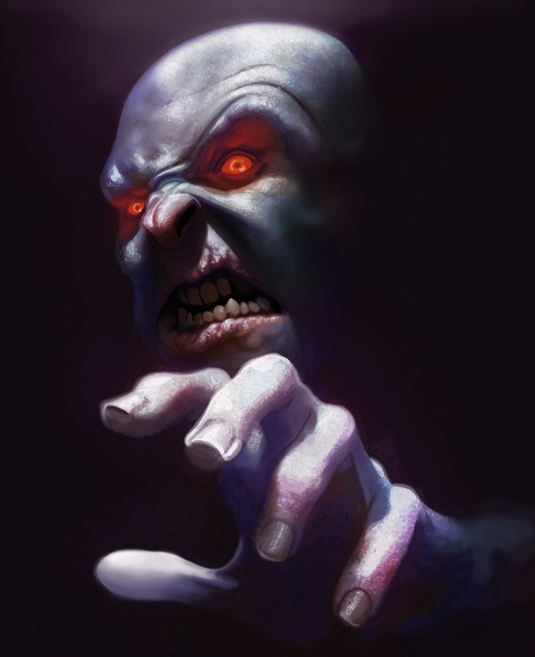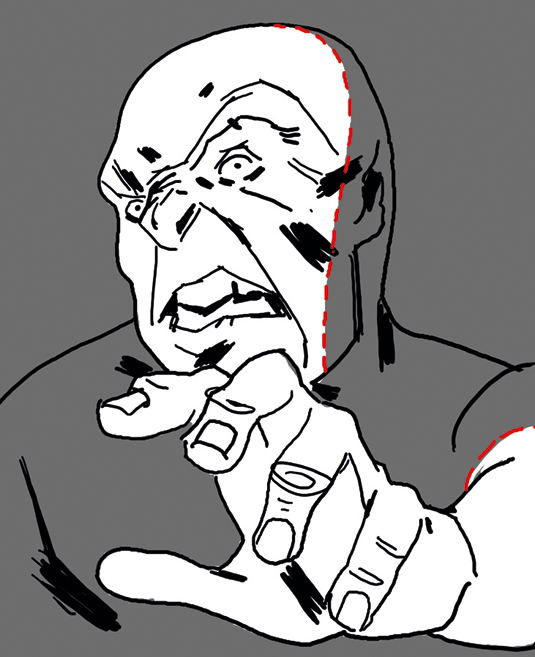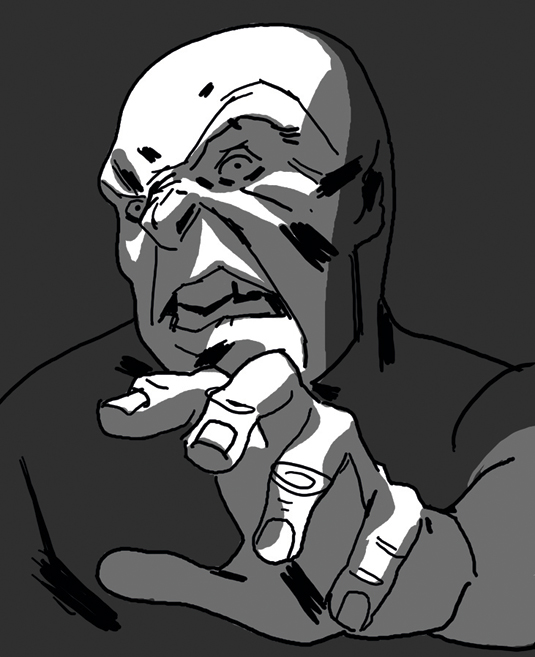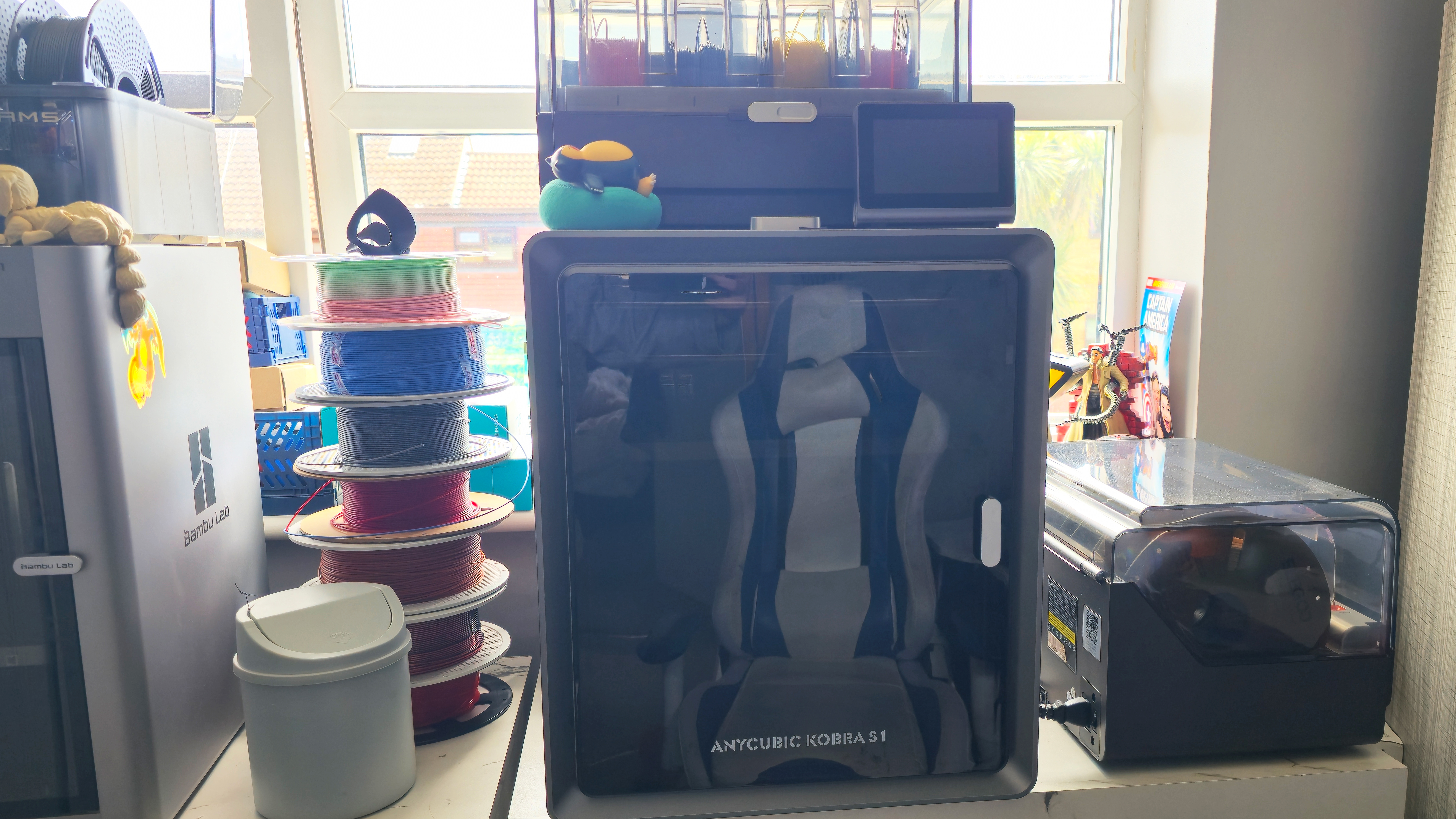The basic rules of painting in the shadows
Digital artist Paco Rico Torres revelas how to master painting in the shadows in four simple steps.

To paint someone coming out from the shadows, the only thing you need – and this may sound contradictory – is a source of light. If there's no light then the creature can't come out of the darkness!
Win clients & work smarter with our FREE ebook: get it now!
You need to illuminate the scene in such a way that you end up having a clearly defined area of light surrounded by shadow. Or you can do the opposite and paint an area of shadow surrounded by light, such as a dark alley that's next to a well-illuminated street.
In either case, the aim is to create a scene where the creature can exit from the shadows. Think of shadows as a wall made of dark water: you have to determine how much of the creature's body is outside of that wall and how much stays within.
The parts within should be black, but the parts outside should be affected by light, just like anything else in the scene. To create a scary atmosphere try painting a hard illumination with projected shadows.
01. Depict horror in the shadows

First, I imagine the image I want to paint. Once I have a draft of the painting, I determine how much of the creature will be in the light area.
I create an imaginary wall of darkness, which works as a barrier between light and shadow. Everything behind that wall won't be particularly visible, so don't worry about it.
02. Tubas in the moonlight

I imagine a light source for the parts outside the darkness. I want a hard light coming from above, such as moonlight coming from a window in the ceiling, so brow, nose and fingers are illuminated.
Projected shadows should hide the mouth and eyes, at least partially. References can be useful for shadows.
03. Good planning

Once you have the shadows sorted out, you can start painting. For artwork that features a complex lighting scheme, planning becomes very important.
You'll save a lot of time and produce a better piece of art. Don't be afraid to use references: a camera, mirror and desk lamp can be your best friends.
Art tip: The reflected light
Even a creature of the shadows reflects some light. To achieve a more natural atmosphere don't paint the background next to an illuminated area totally black.
Add a light colour to represent the light reflected by the creature (using blurred low opacity layers in soft light, Overlay and/or Screen modes).
This article first appeared in ImagineFX magazine.
Like this? Read these!
- 5 things art directors hate
- Make 3D prints using your own photos for free
- The art book that gives artists a piece of the pie

Thank you for reading 5 articles this month* Join now for unlimited access
Enjoy your first month for just £1 / $1 / €1
*Read 5 free articles per month without a subscription

Join now for unlimited access
Try first month for just £1 / $1 / €1
Get the Creative Bloq Newsletter
Daily design news, reviews, how-tos and more, as picked by the editors.

An illustrator living in Spain, Paco has produced art for several card games, magazines, books and role- playing games.
